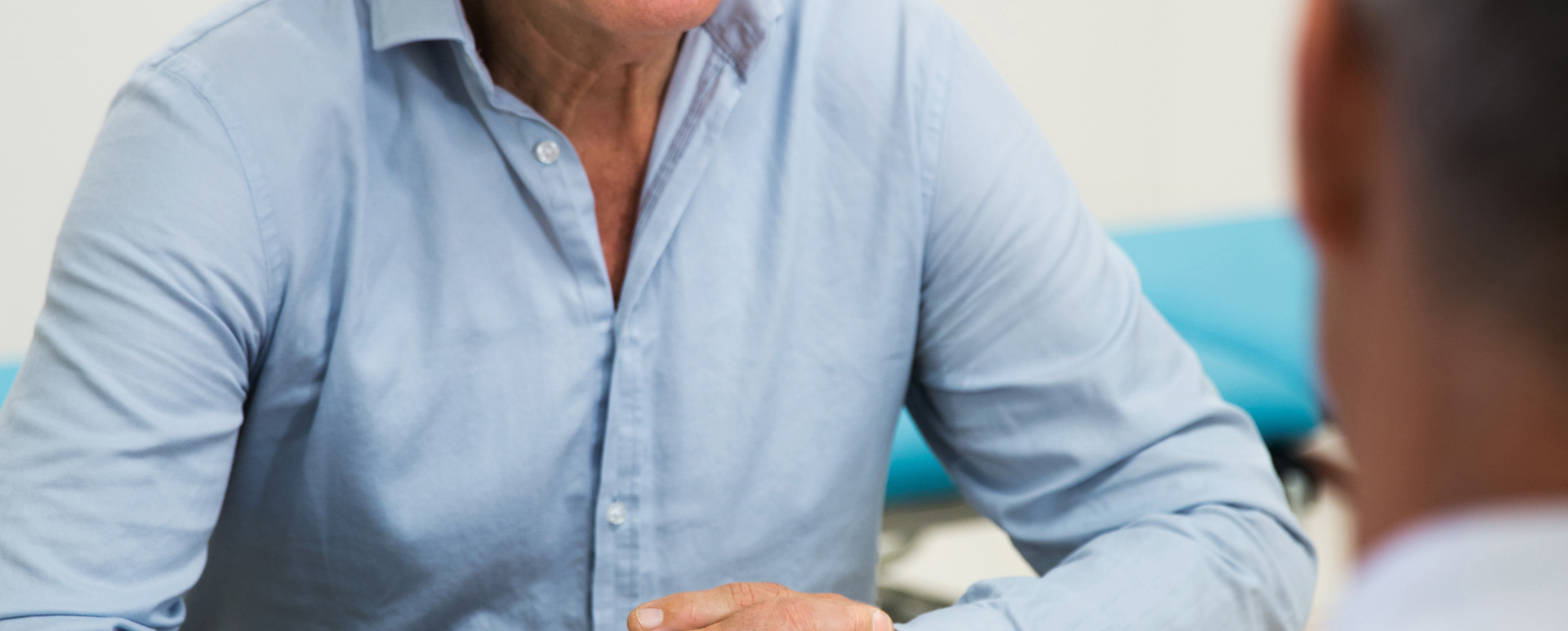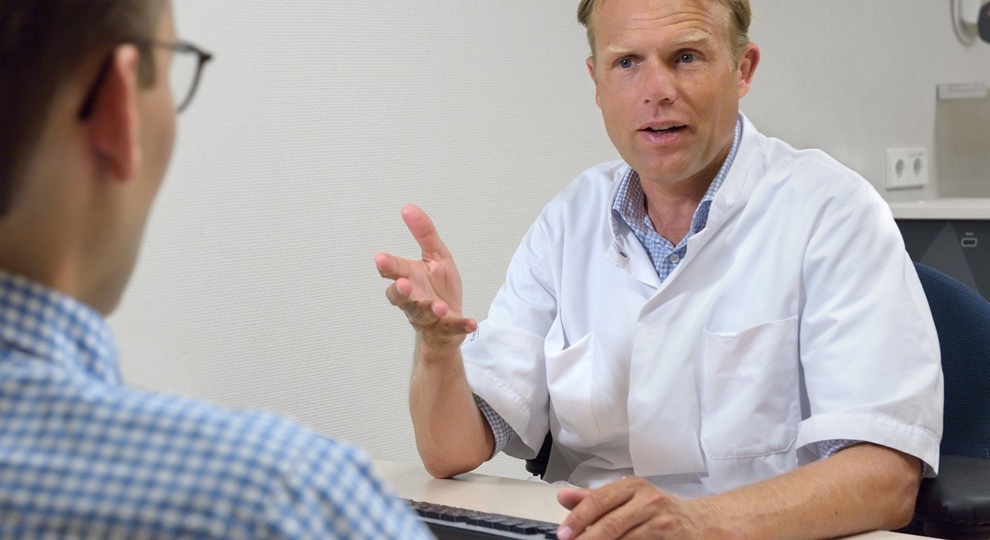Brachytherapy for prostate cancer
Prostate cancer can be treated with internal radiation. This is called brachytherapy.
Brachytherapy for prostate cancer
Brachytherapy for prostate cancer involves placing radioactive seeds in the prostate. Brachy means nearby; the radioactive seeds are close to the source so they can deliver radiation directly to the prostate, which will protect the healthy tissue and greatly minimizes the side effects.
This treatment uses Iodine-125, which is a radioactive substance with a half-life of 60 days. This means that the radioactive value will be halved after 60 days. The seeds will remain in the prostate. Radiation delivery is nearly entirely restricted to the prostate. You will be under general anesthesia during the surgical placement of the seeds.
Intake with your radiation therapist or physician assistant
You will meet with your radiation therapist or physician assistant to learn more about your treatment. Whether you qualify for brachytherapy will depend on the size, aggression, growth, or development of the tumor. Brachytherapy is no longer an option if the tumor has grown outside of the prostate, or if it has spread through the body.
 nl
nl
 Nederlands
Nederlands

